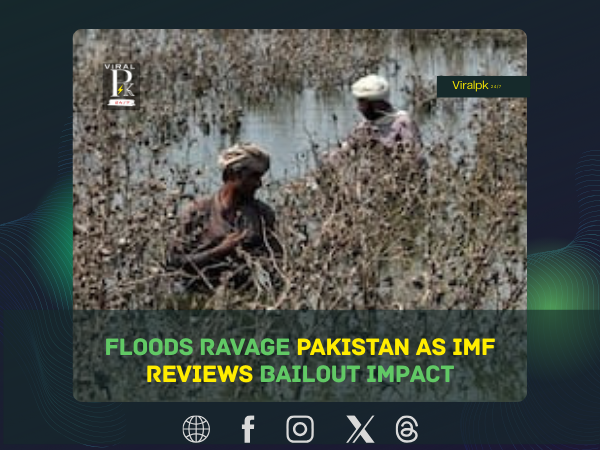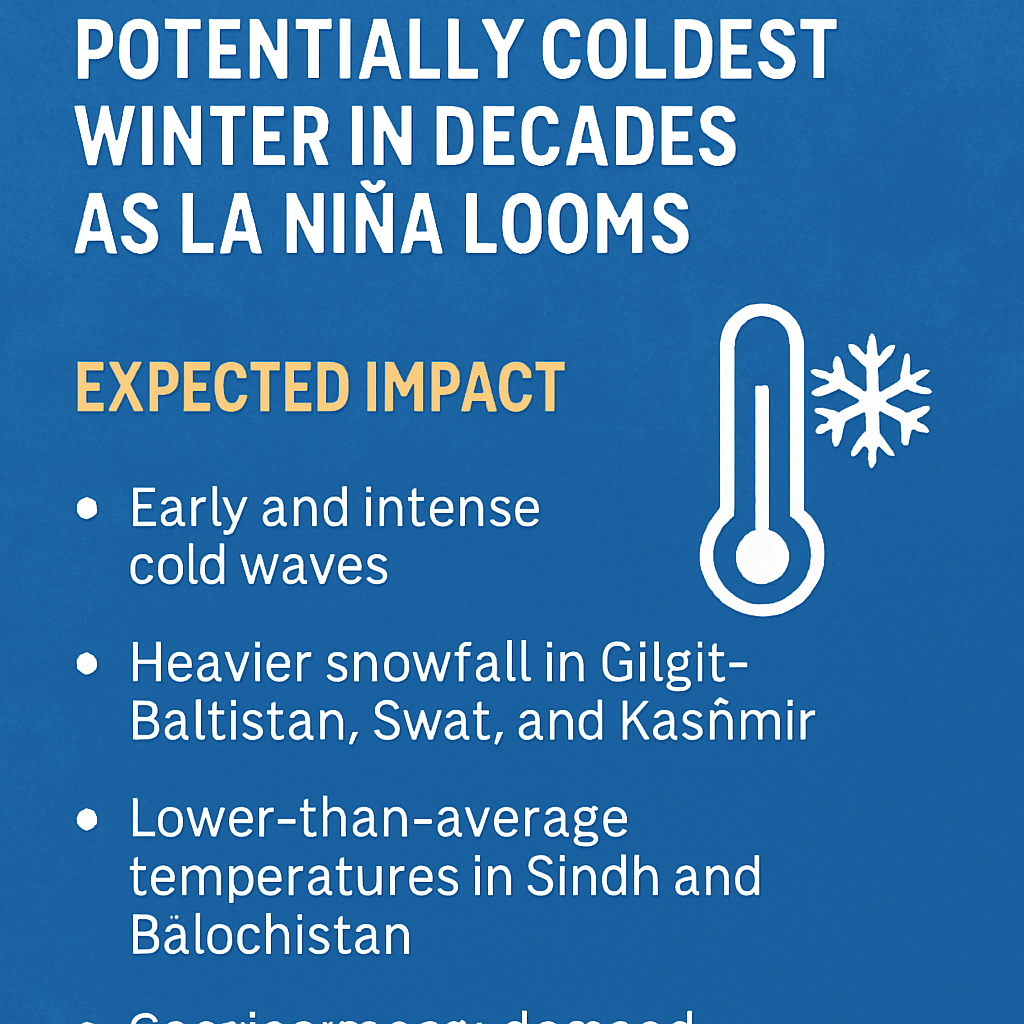Introduction & Background
Record-breaking monsoon rains have unleashed catastrophic floods across Pakistan, inundating Punjab and Sindh—the country’s most populous and economically vital provinces. Officials confirm billions of dollars in damage as entire towns remain underwater. Planning Minister Ahsan Iqbal warned the disaster will “set back” GDP growth, with a detailed loss estimate expected within two weeks.
Only months ago, Islamabad was optimistic about 2026, projecting 4.2% growth driven by a rebound in farming and manufacturing under a $7 billion International Monetary Fund (IMF) bailout. Now, that fragile recovery is at risk.
Journey of the Disaster
Since late June, relentless monsoon downpours—exacerbated by dam releases from India—have submerged farmland and industrial corridors. Satellite images reveal thousands of square kilometers underwater, forcing mass evacuations and straining relief operations. Farmers in Kabirwala inspect ruined cotton crops, while factories in Karachi and Faisalabad face extended shutdowns.
The scale rivals, and may surpass, the 2022 floods, when a third of the nation was submerged. Experts caution that the dual shock to agriculture and manufacturing makes this crisis uniquely severe.
Challenges: Agriculture and Industry
Agriculture
Punjab and Sindh form Pakistan’s breadbasket, supplying wheat, rice, and cotton. Early assessments show billions in crop losses and drowned livestock. Cotton devastation threatens Pakistan’s textile industry, which contributes nearly 60% of export earnings. Lower cotton output will squeeze foreign reserves—vital for meeting IMF conditions—and fuel inflation in clothing and food.
Industry
Floodwaters have disrupted electricity, transport, and supply chains in major industrial zones. Export delays are piling up, pushing up production costs and threatening layoffs. Manufacturers warn that rebuilding machinery and restoring logistics could take months.
IMF Bailout at Crossroads
The IMF had set strict fiscal and structural targets for Pakistan’s $7 billion program. With tax revenues plunging and emergency spending rising, Islamabad is lobbying for flexibility. Economists predict the Fund may allow revised deficit goals or emergency financing, but negotiations will hinge on transparent damage reporting and credible reform pledges.
Humanitarian & Government Response
National and provincial authorities are coordinating mass evacuations, food aid, and medical relief. International organizations and neighboring countries have pledged assistance, but road access to many villages remains cut off. Reconstruction of homes, schools, and health facilities could stretch well into 2026.
Climate Change Warning
Scientists link the record rainfall to climate change, which intensifies monsoons in South Asia. Pakistan, despite contributing less than 1% of global greenhouse emissions, ranks among the world’s most climate-vulnerable nations. Experts urge urgent investment in flood defenses, early-warning systems, and climate-resilient crops to protect future growth.
Conclusion & Significance
The next few weeks will determine how deeply these floods reshape Pakistan’s economy and society. Swift relief, transparent reporting, and constructive IMF engagement are essential to avoid a prolonged downturn. Above all, the disaster underscores a global truth: nations least responsible for climate change often suffer its worst consequences.
📌 Disclaimer: This article is for informational purposes only and picture generated by AI. Follow VIRAL PK 24/7 for more updates.
SEO Keywords: Pakistan floods 2025, IMF bailout review, Punjab Sindh agriculture damage, Pakistan GDP growth, textile industry losses, climate change impact, Pakistan economic crisis.











